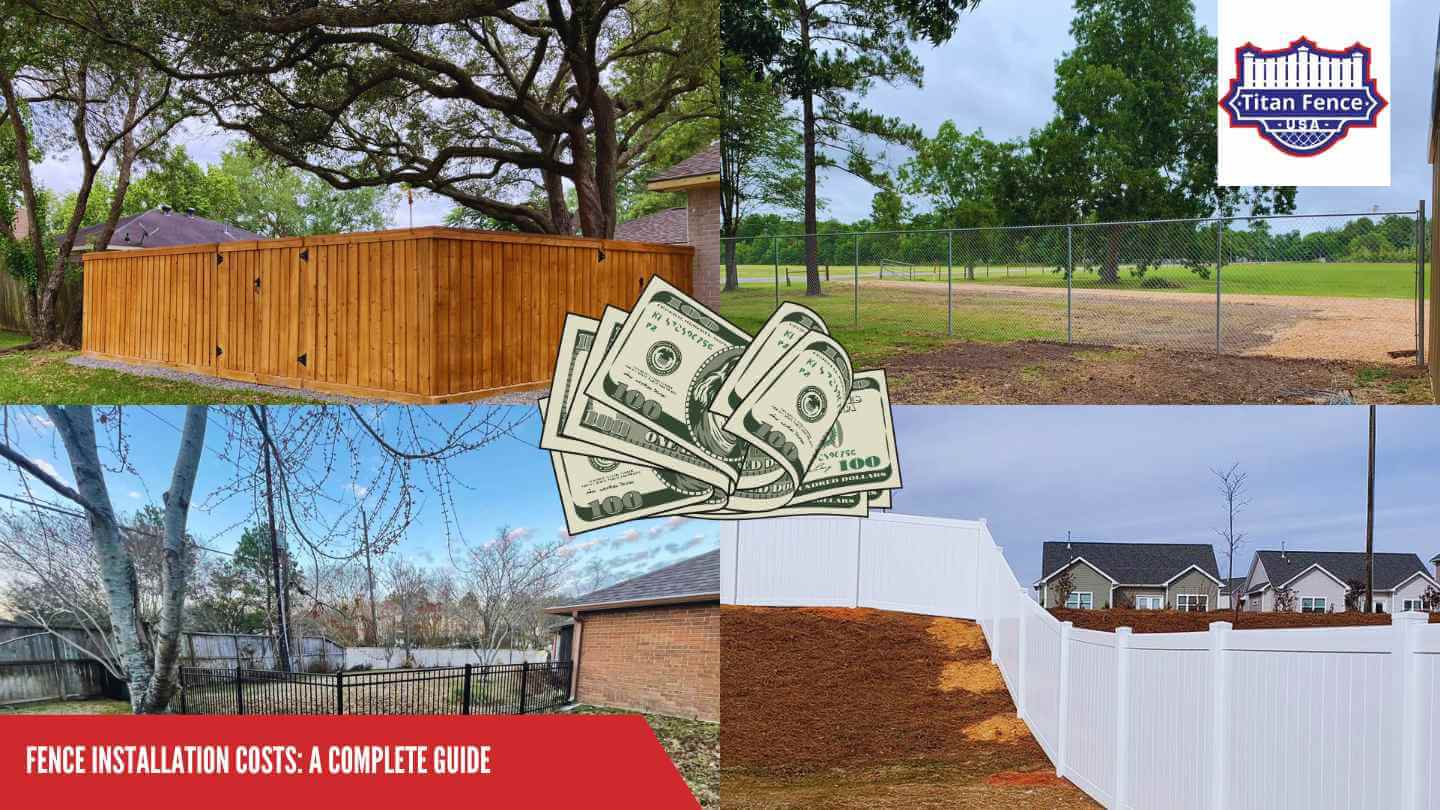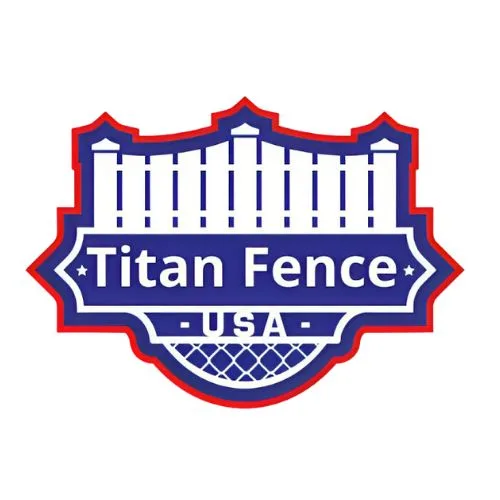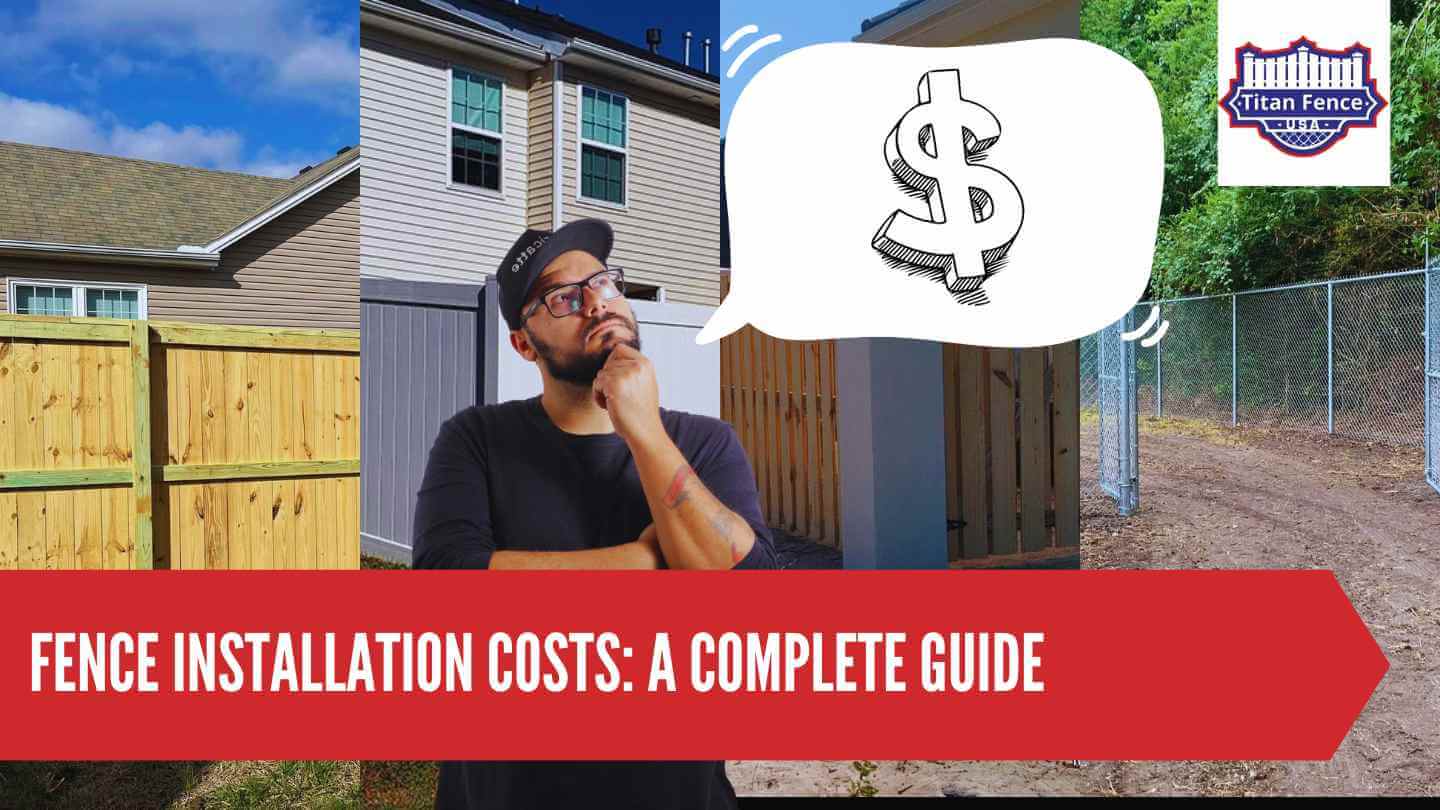Understanding Linear Foot Costs
What is the Linear Foot Cost?
The linear foot cost is a key metric used to calculate the total cost of your fence installation, factoring in the price point of wooden posts. It represents the average cost per linear foot of the fence material you intend to use. Essentially, it’s the cost you’ll incur for each foot of fence you plan to install on your property line.
To calculate the linear foot cost, you simply divide the total cost of the material by the total number of linear feet required for your fence project./// For example, if your chosen fence material (building) costs $10 per linear foot, and you need 100 linear feet of fencing, the material cost would be $1,000 ($10 x 100 linear feet).
Factors Impacting Linear Foot Costs
- Fence Material: Different fence materials come at varying price points, overall cost, building, time, average. For instance, wooden fences are generally more affordable per linear foot compared to vinyl fences, while metal fences can fall in a higher price range for homeowners.
- Fence Type and Style: The type and style of the fence building you choose can also impact the linear foot cost. Elaborate and decorative designs for a new fence may require more materials and labor, driving up the cost per linear foot of fence installation for the fence project.
- Local Labor Costs: Labor costs can vary significantly depending on your location and time. Highly skilled installation crews may charge more for their services, which can influence the overall linear foot cost.
- Terrain and Ground Conditions: The nature of homeowners’ property’s terrain and ground conditions can affect installation difficulty and time. If the ground is uneven or rocky, it may require additional work, which can increase labor costs and, consequently, the linear foot cost for homeowners.
- Additional Features: Features such as gates, post caps, and decorative elements can add to the overall linear foot cost of fence installation. Be sure to account for homeowners, posts, and fence installation costs when estimating your budget.
Estimating Material Costs
Estimating the material costs for homeowners’ fence installation, including posts, is the next crucial step in creating an accurate budget for your project. In this section, we’ll guide homeowners through the process of determining the costs associated with the materials you plan to use, including understanding the cost of different fence materials and calculating the material requirements for your specific project.
Cost of Different Fence Materials
The fence material homeowners choose is a primary driver of their overall costs. Each type of material comes with its own price point, advantages, considerations, fence installation costs, homeowners, post. For example, homeowners typically find wooden fences more budget-friendly compared to vinyl fences or metal fences, which tend to be at a higher price range. Understanding the cost range of various materials, including post, is essential when planning your project, as it directly impacts your budget.
When researching fence materials, keep in mind that quality and longevity of post can vary within each material type. While a lower-cost material may seem appealing initially, it’s important to consider factors such as maintenance requirements and lifespan. Investing in a higher-quality material might save you money in the long run by reducing maintenance and replacement costs.
Calculating Material Requirements
Once you have selected your fence material, the next step is to calculate the quantity of materials needed for your specific project. To do this, you’ll need to measure the total linear footage of the fence line you plan to install. The linear footage measurement will serve as the basis for determining the number of materials required, including fence panels, rails, and posts.
To calculate the number of fence panels or rails needed, divide the total linear footage by the length of each panel or rail. For instance, if you have 200 linear feet of fence line and each panel is 6 feet long, you would need approximately 34 panels (200 linear feet / 6 feet per panel). This calculation applies to wooden, vinyl, or metal fences that use panels.
For wooden fences or other styles where individual pickets are used, calculate the number of pickets needed based on the spacing between them and the linear footage of the fence. Always consider purchasing a few extra materials to account for cutting, errors, or future repairs.
Factoring in Labor Costs
When planning your fence installation budget, it’s essential to account for labor costs, as they can significantly impact your project’s total expenses. In this section, we’ll discuss labor costs associated with fence installation, including understanding the average labor costs for different fence types and how these costs can vary based on factors such as fence type and location.
Average Labor Costs for Fence Installation
Labor costs can vary depending on several factors, including the complexity of your fence design, the type of material used, and your location. On average, labor costs typically make up a substantial portion of the overall fence installation cost. Installing a fence is a skilled job that requires expertise to ensure the fence is properly constructed, level, and secure.
As a general guideline, the more intricate or challenging your fence design, the higher the labor costs are likely to be. For example, installing a simple wooden picket fence may have lower labor costs compared to constructing a custom-designed wrought iron fence with intricate details. Additionally, the size of the installation crew, their experience, and your location’s prevailing wage rates can all influence labor costs.
Labor Costs by Fence Type
Different fence types may require varying amounts of labor due to their specific installation requirements. For example, installing vinyl or metal panel fences may be more straightforward and less time-consuming compared to the labor-intensive process of constructing a wooden privacy fence with individual pickets. Additionally, if your project involves digging post holes in challenging terrain or incorporating special features like gates, these factors can contribute to higher labor costs.
It’s essential to obtain detailed quotes from reputable fencing companies in your area to get a precise estimate of labor costs for your specific project. This allows you to budget accurately and avoid unexpected expenses during the installation process.
Budgeting for Additional Expenses
Permit Fees and Regulatory Costs
- Building Permit: Many areas require a building permit for fence projects. The cost of the permit can vary depending on your location and the type of fence you plan to install.
- Local Regulations: Some local regulations may dictate specific requirements for fence installation, such as setback distances from property lines and height restrictions. Failure to comply with these regulations can result in fines or project delays.
- Property Survey: If you haven’t had a recent property survey, you may need to hire a professional surveyor to accurately determine your property lines. Survey costs can vary based on your location and property size.
Maintenance and Long-term Costs
- Stain or Finish: For wooden fences, regular staining or finishing is necessary to protect against the elements and maintain appearance. Consider the cost of stain or finish and the time required for maintenance.
- Replacement Parts: Over time, you may need to replace individual components of your fence, such as damaged panels or posts.
- Longevity: Consider the lifespan of your chosen fence material. Higher-quality materials may require less maintenance and have a longer lifespan, potentially saving you money in the long run.
Budgeting for Additional Features
- Gates: If your fence design includes gates, factor in their cost, including hardware and installation.
- Post Caps: Adding decorative post caps to your fence can enhance its appearance but comes with an additional expense.
- Decorative Elements: Consider any other decorative elements you plan to incorporate, such as lattice or trim.
Future Expenses
- Repairs: Budget for potential repairs that may be needed in the future, such as replacing damaged sections or addressing wear and tear.
- Resale Value: Keep in mind that a well-maintained and aesthetically pleasing fence can enhance your property’s resale value.

Conclusion
In conclusion, accurately calculating the costs associated with your fence installation project is essential for effective budgeting and ensuring a smooth construction process. Understanding the elements that contribute to your expenses, including linear foot costs, material costs, labor costs, and additional expenses like permit fees and maintenance, allows you to plan your project with confidence.
At Titan Fence Company, we recognize the importance of transparency and comprehensive budgeting when it comes to fence installations. Our commitment to providing top-quality fence materials and expert installation services aligns with our dedication to delivering exceptional customer service and satisfaction.
When you choose Titan Fence Company, you’re not only investing in a fence but also in the peace of mind that comes with knowing your project will be executed with precision and professionalism. Contact us today for a free quote, and let us be your trusted partner in bringing your fence installation project to life.

